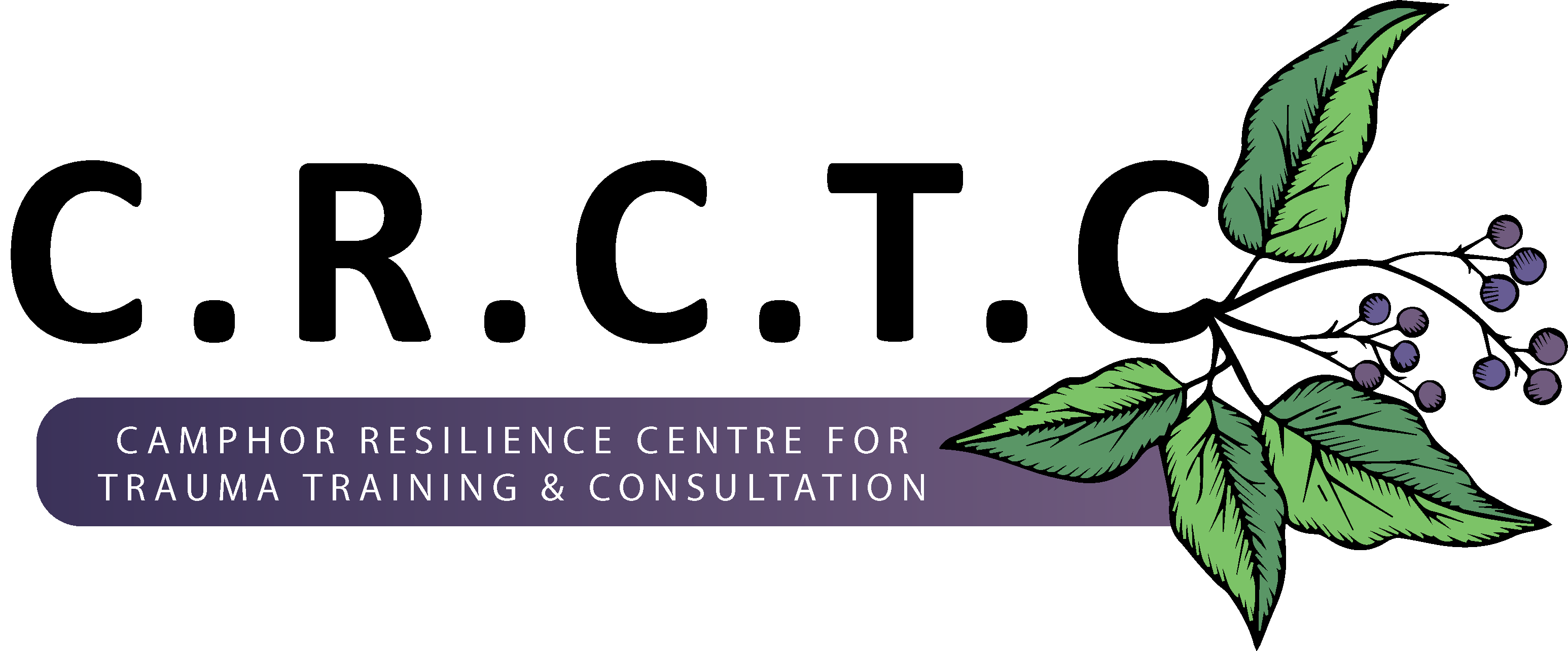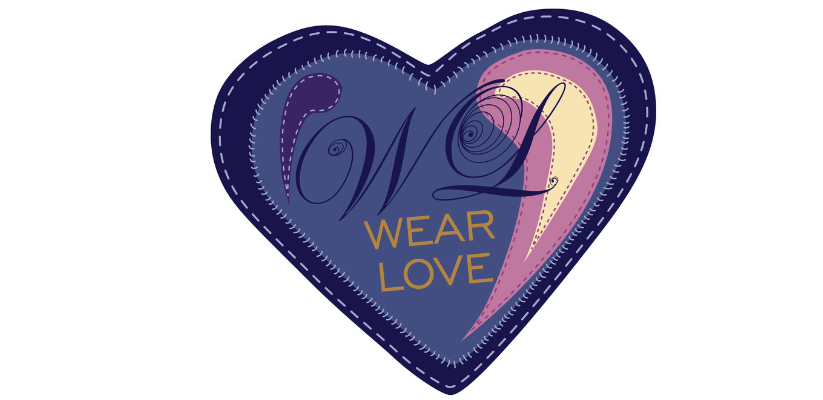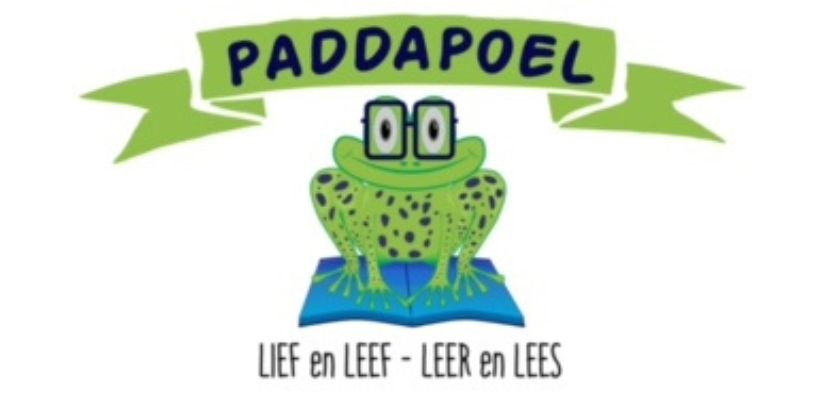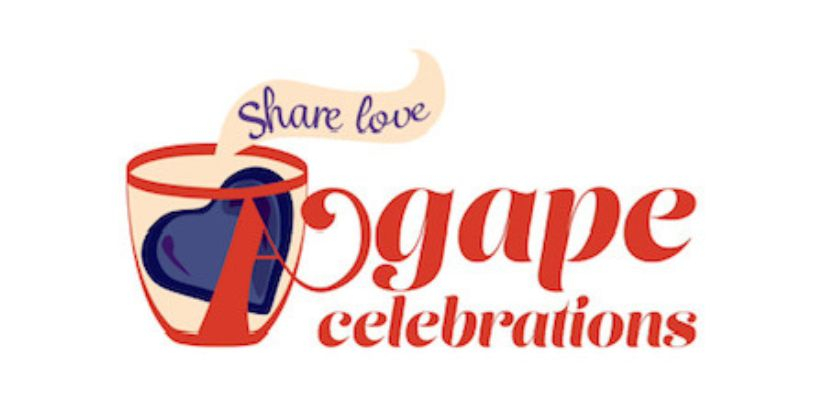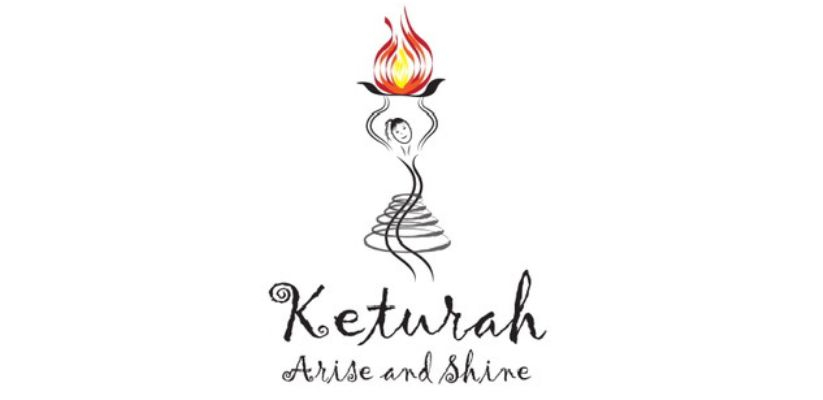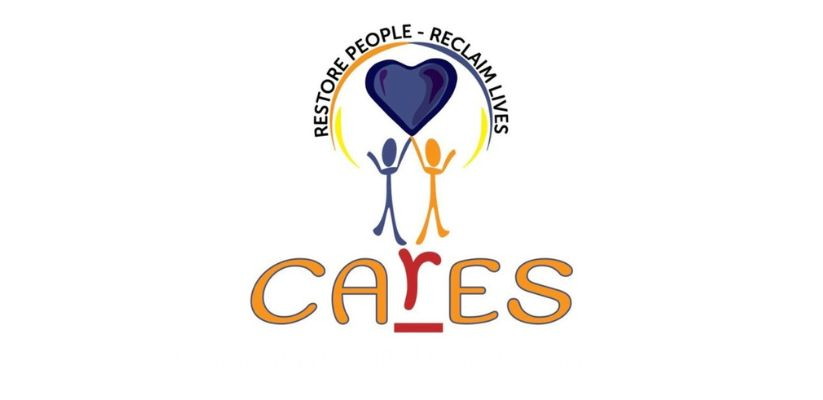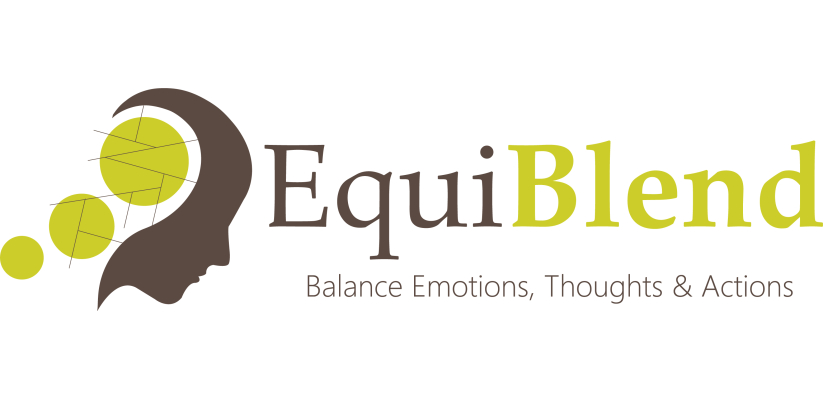Understanding Attachment: Your Secret Weapon for Relationships Vilia Y Reynolds
"Know your attachment, shape your love, heal your heart."
Have you ever wondered why some relationships feel easy and natural while others are filled with confusion and drama? Much of this concerns attachment patterns deeply influenced by our early experiences. Understanding these patterns is crucial in transforming pain into strength and fear into love. Let's dive into attachment patterns, how they affect our relationships, and how we can heal and open our hearts to real connections.
What Are Attachment Patterns?
Attachment patterns are how we relate to others based on our early life experiences. They can be thought of as styles that help us navigate our relationships. Here are four main types:
1. Secure Attachment: People with a secure attachment feel comfortable being close to others and appreciate their independence. They trust their partners and communicate well.
2. Anxious-preoccupied attachment: This style is marked by an intense fear of abandonment. People with this attachment style often seek constant reassurance and can be extra clingy because they worry a lot about their relationships.
3. Dismissive-Avoidant Attachment: Individuals with this pattern value independence above emotional closeness. They may seem distant or uninterested in deep connections as they consider emotional vulnerability a weakness.
4. Fearful-Avoidant Attachment: This type mixes anxious and avoidant feelings. These individuals crave closeness but are also scared of it, leading to a confusing relationship with love.
How Early Experiences Affect Us
Adverse Childhood Experiences (ACEs)
ACEs are challenging events that happen before someone turns 18, such as physical or emotional abuse, neglect, or living with a family member who has mental health or substance abuse issues. Research shows that these experiences can lead to insecure attachment styles, making it hard for people to trust and build stable relationships later in life. For example, if someone was neglected as a child, they might struggle to form healthy connections as an adult.
Complex Post-Traumatic Stress Disorder (CPTSD)
CPTSD often happens after ongoing trauma, such as abuse or living in a war zone, leading to feelings of hopelessness and difficulty in relationships. People with CPTSD might feel extra alert or worried in their relationships, fearing that they will be abandoned or hurt. These feelings can create even more challenges in forming healthy attachments.
The Confusion Around Love
Different attachment styles can lead to mixed-up ideas about what love is:
- Anxious-Preoccupied: These individuals may think that love means many ups and downs. They might believe that real love must come with some drama.
- Dismissive-Avoidant: People with this style can confuse being emotionally distant with loving. They might think that showing feelings makes them weak, misinterpreting emotional openness as dependence.
Fearful-Avoidant: Those with this attachment feel a tug-of-war within themselves, wanting connection but fearing it. They need clarification about whether their feelings are genuine love or a fear of intimacy.
Ways to Start Healing
The first step toward healthier relationships is understanding your attachment style. Here are some helpful strategies:
- Self-Awareness: Learn about your feelings and relationship behaviours. Understanding why you respond the way you do is empowering.
Communication: Practice sharing your thoughts and feelings with others. Good communication is critical to building trust.
Therapy: Seeking help from a therapist can be beneficial. Techniques like Trauma Incident Reduction (TIR) can help people process past traumas and reshape their understanding of relationships.
- Create Supportive Environments: Surround yourself with people who make you feel safe and valued. Setting boundaries and practising self-care is also essential in fostering healthy connections.
Conclusion
Figuring out the connection between attachment patterns and love can be challenging but incredibly rewarding. We can rewrite our stories by exploring how our early experiences shape our relationships and taking steps to better understand ourselves. With time and effort, we can move from confusion to healing, resilience, and deeper, more meaningful connections with others.
